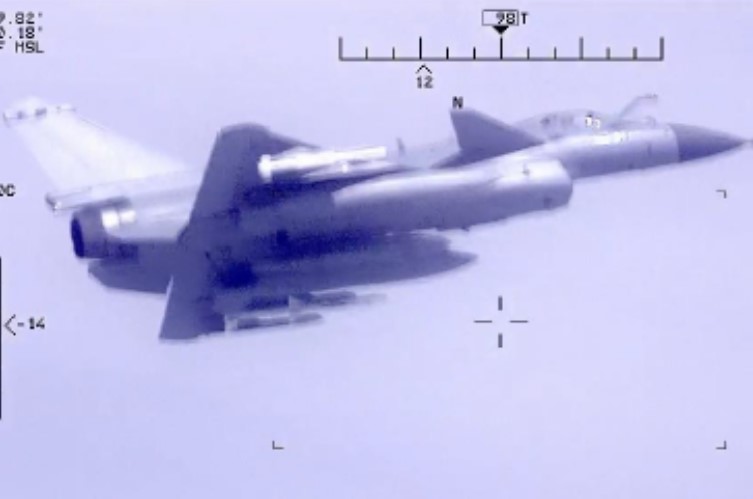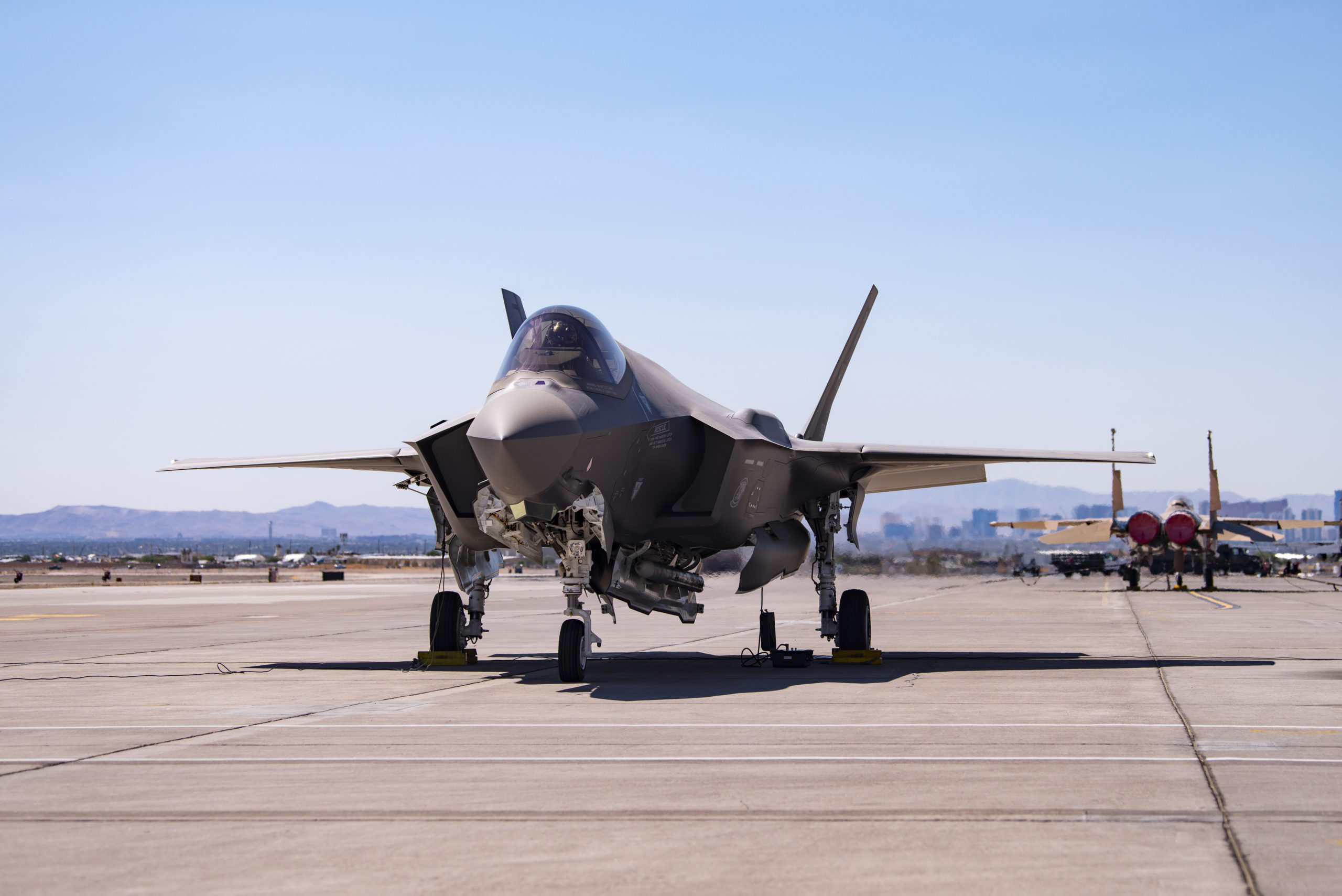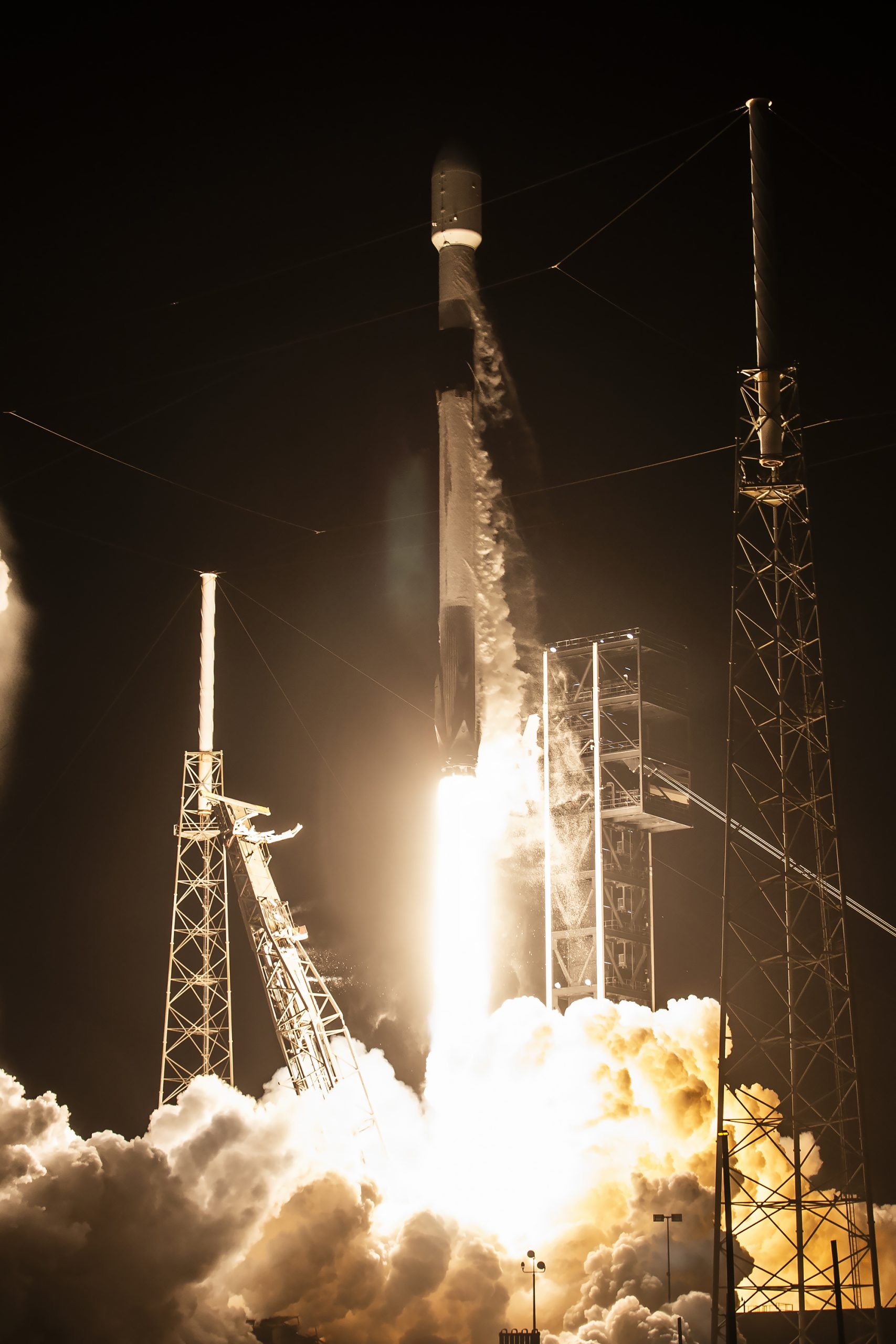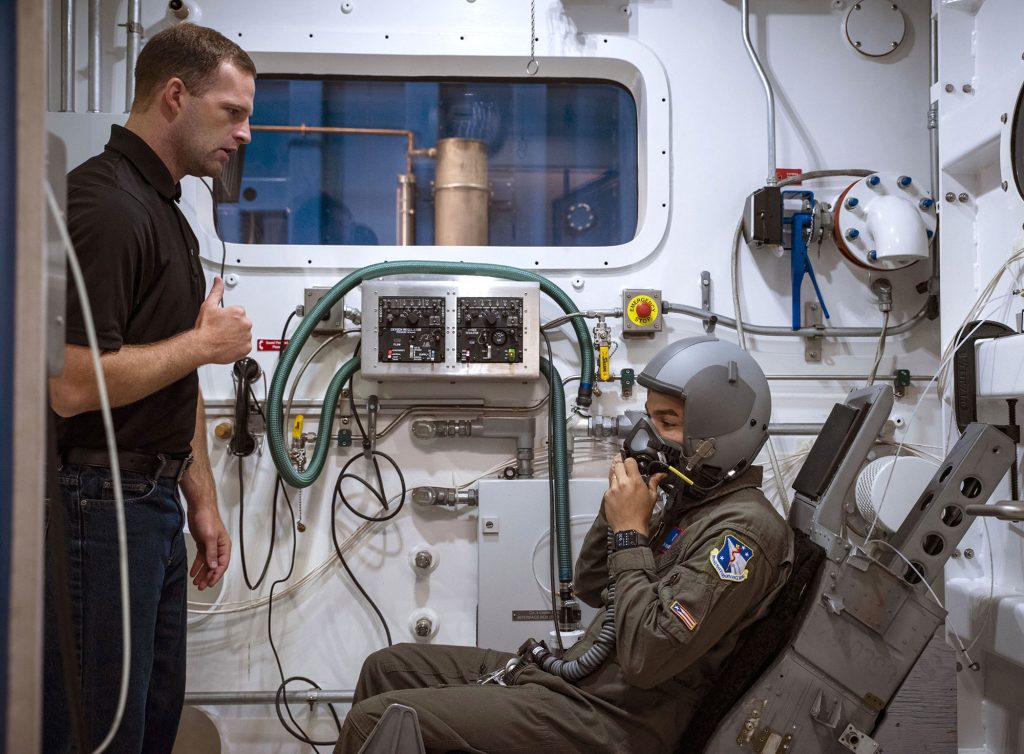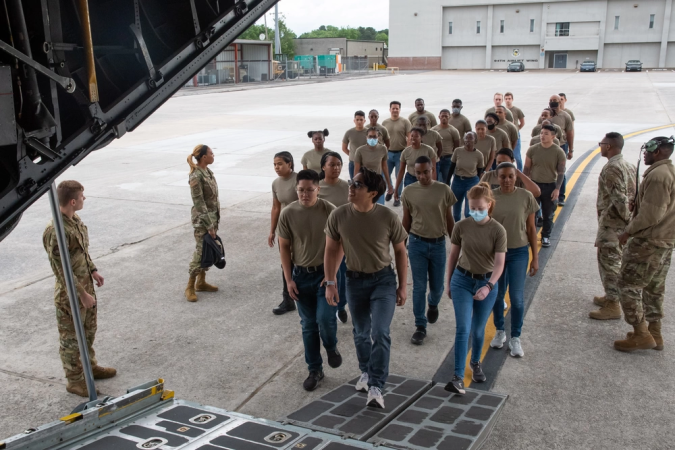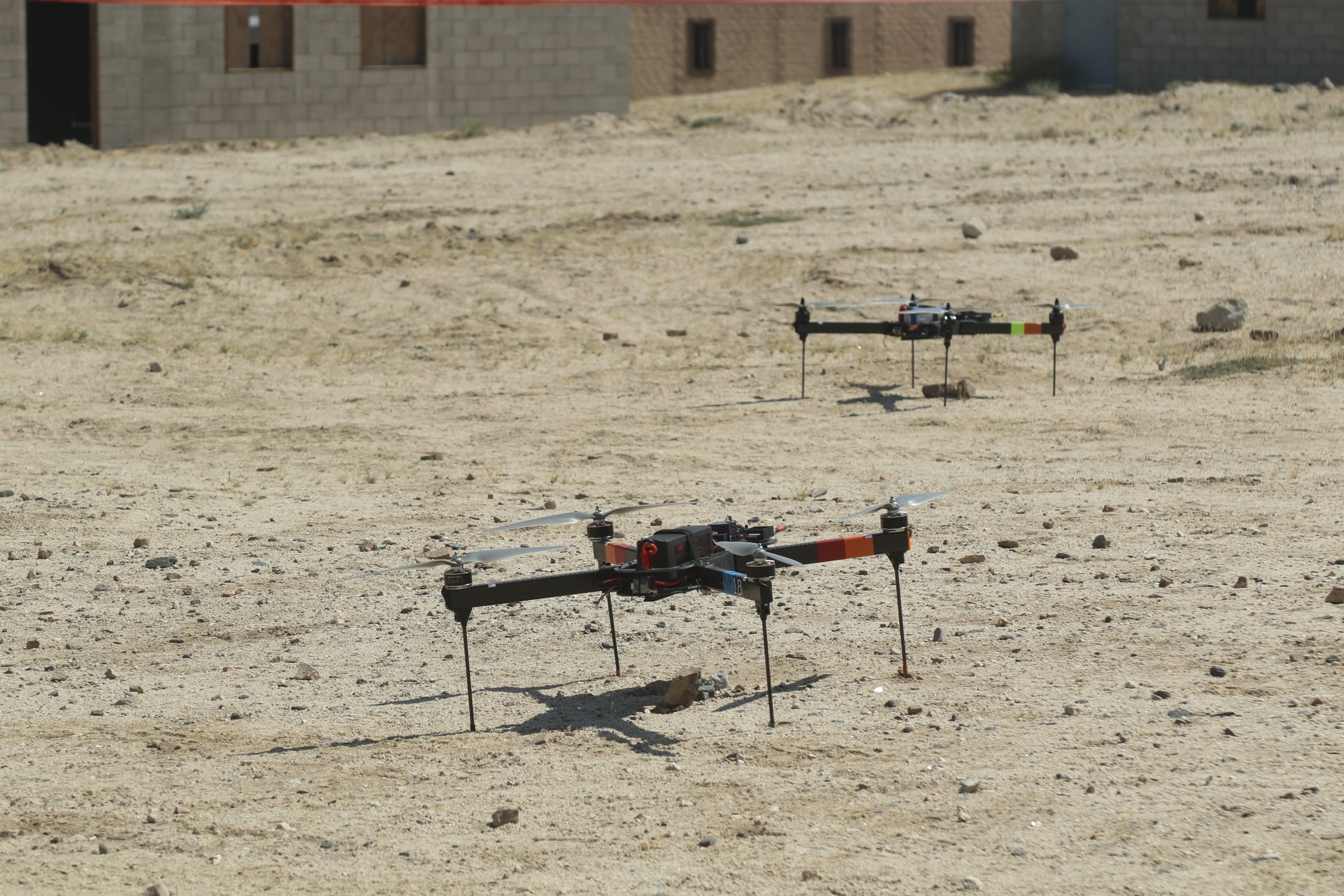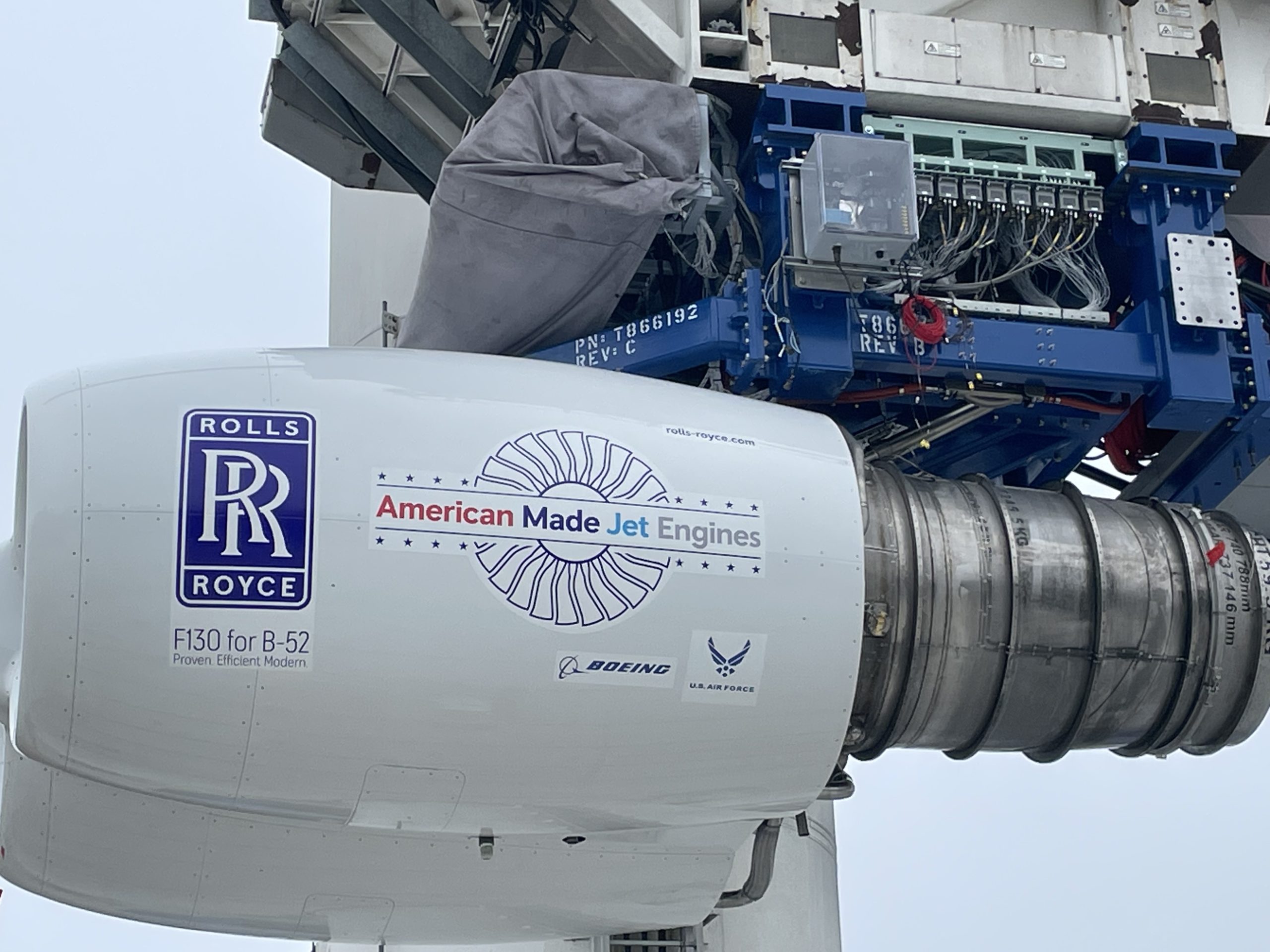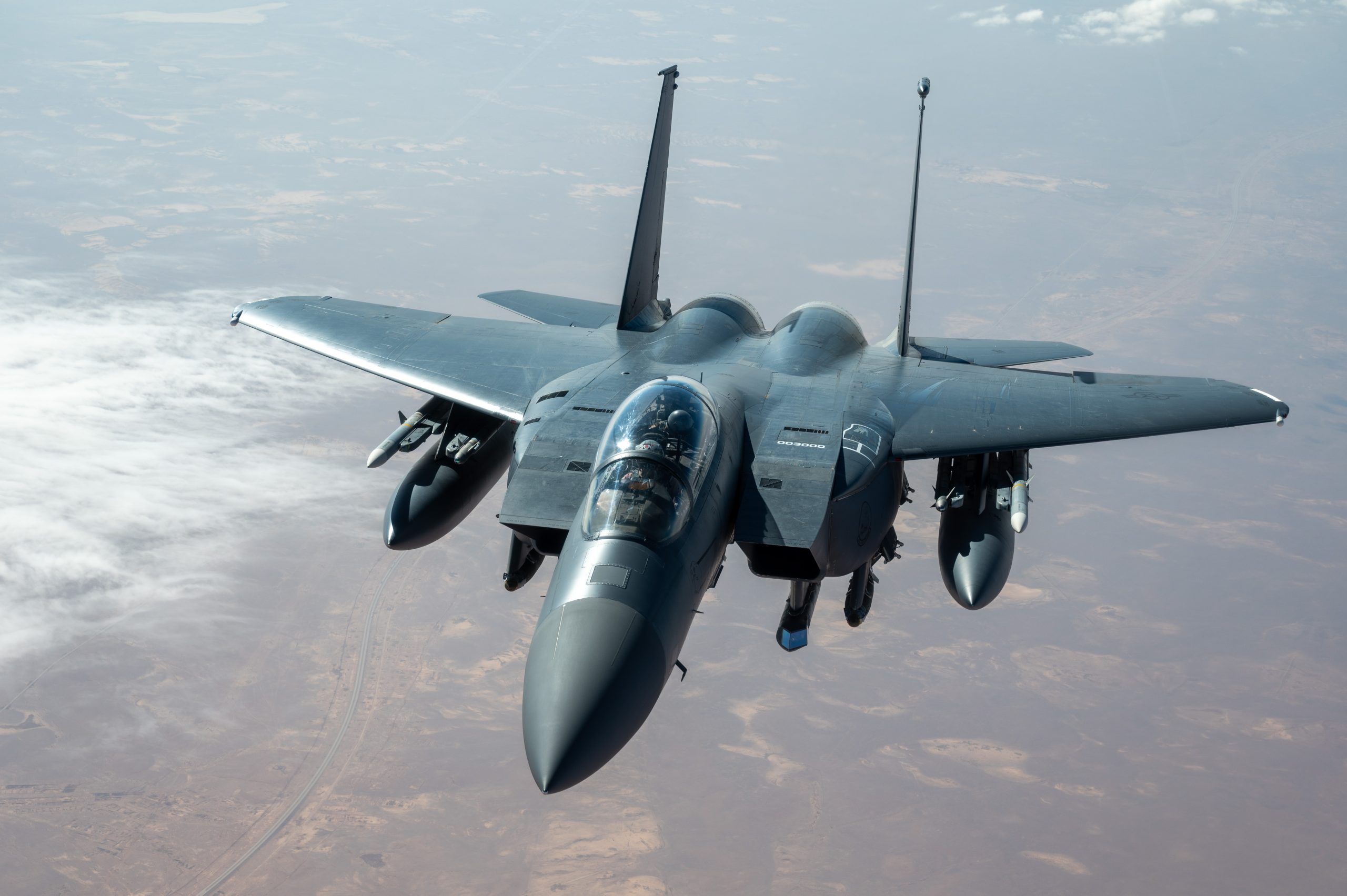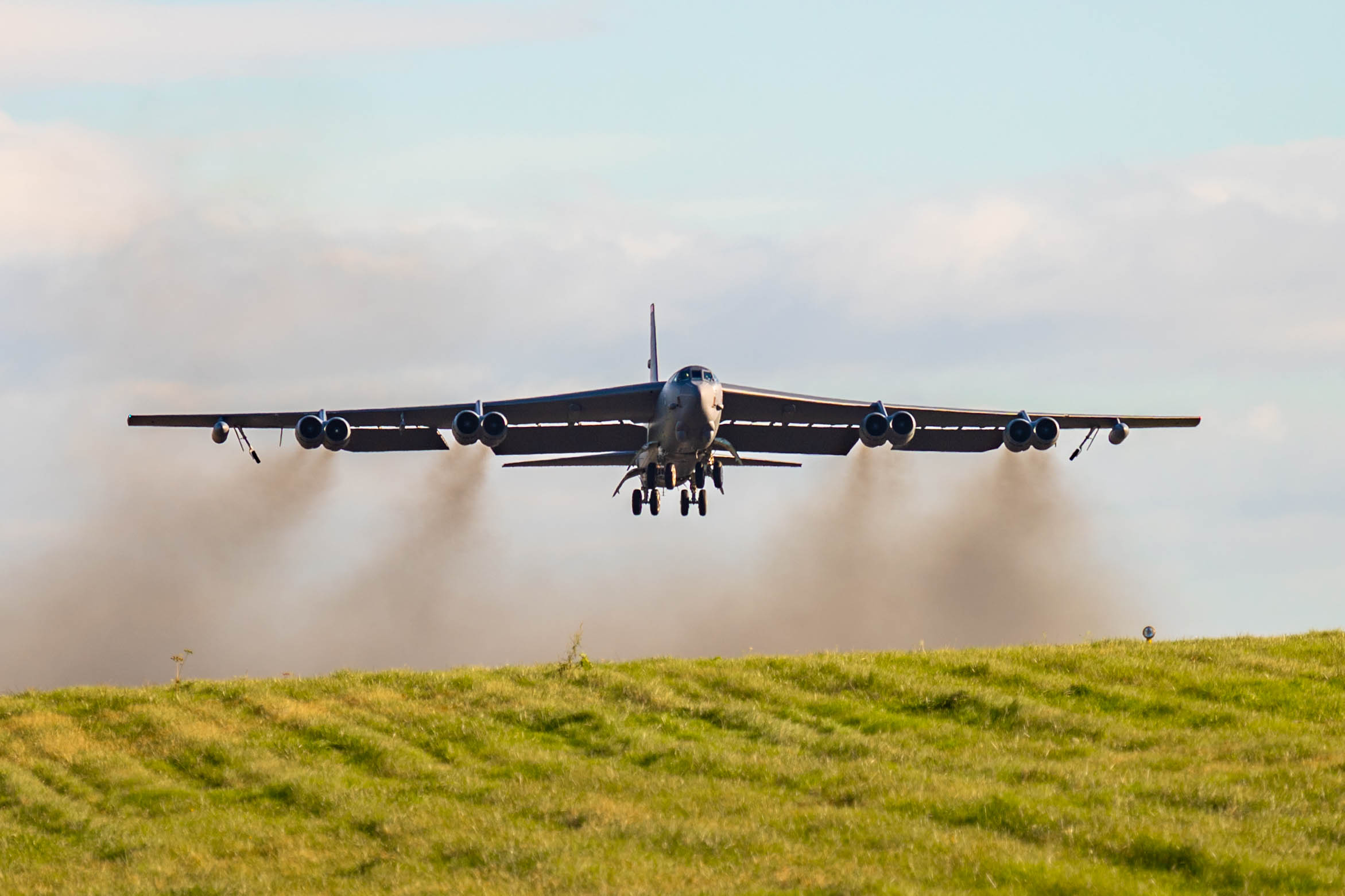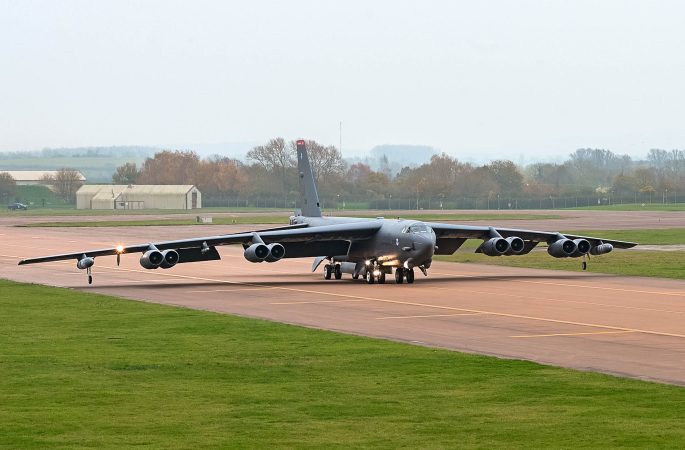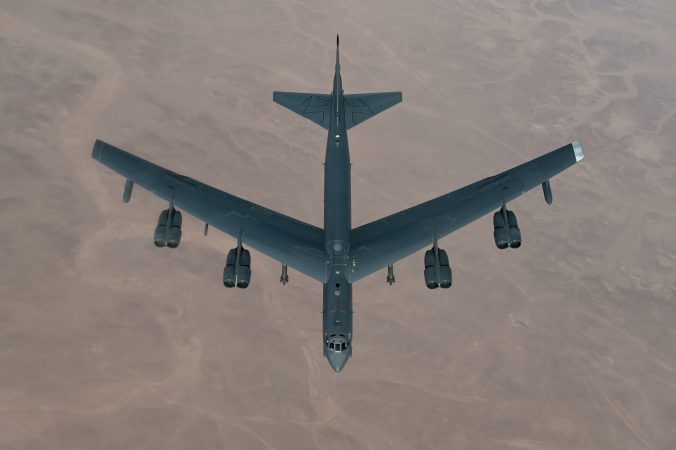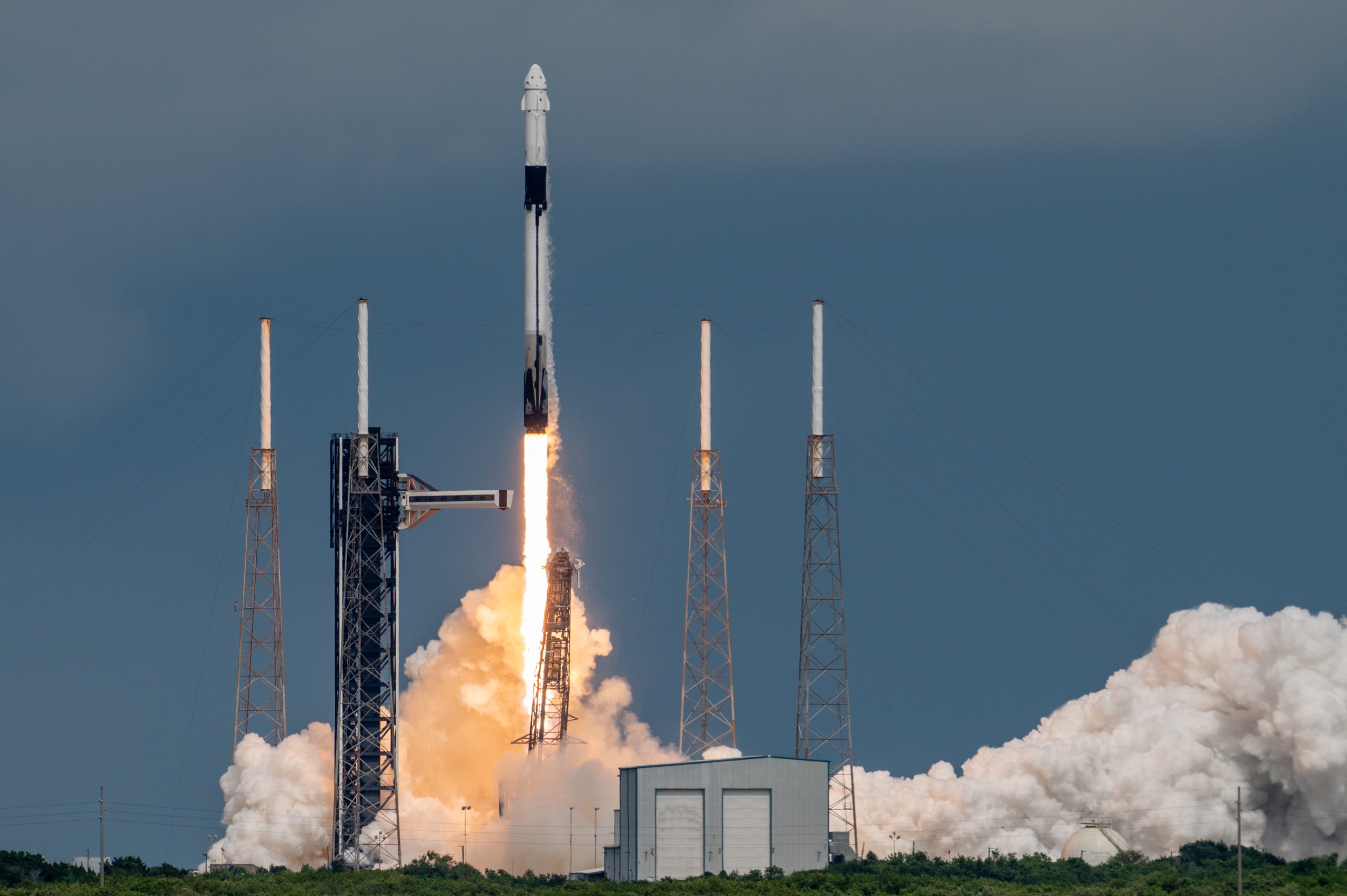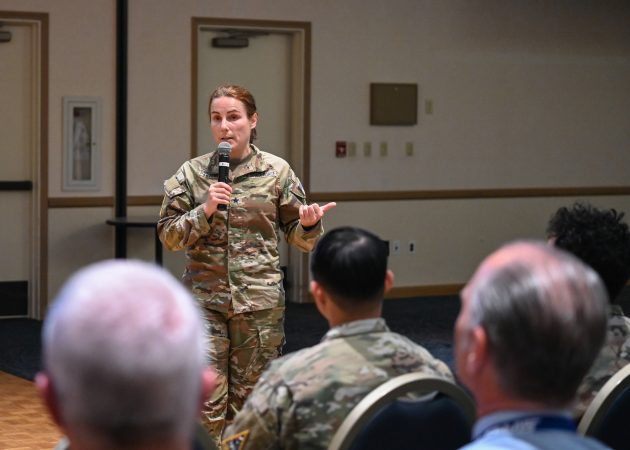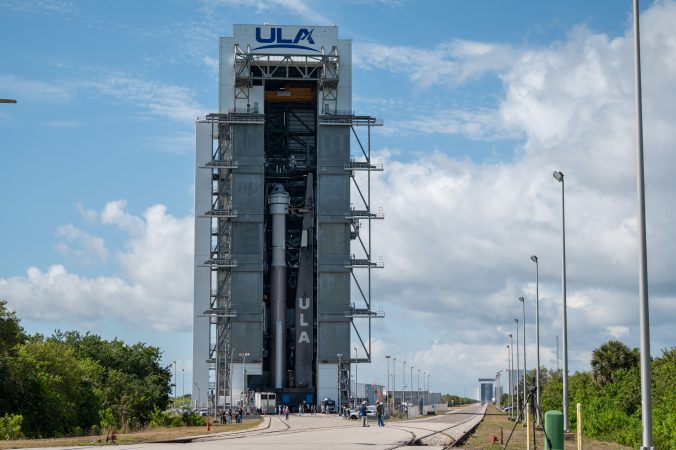The People’s Republic of China has improved its ability to project power globally despite corruption purges and a shrinking economy, the Pentagon’s annual report card on the Chinese military says.
That includes a growing nuclear arsenal that added 100 new warheads in the last year.
Chinese leaders “perceive themselves as a global power with global security interests that requires military capabilities commensurate with meeting that challenge,” a senior defense official told reporters ahead of the Dec. 18 release of the report.
The Pentagon annual China Military Power Report, mandated by Congress, chronicles a dramatic rise in the People’s Liberation Army’s nuclear, space, missile, and aviation capabilities in both number and quality in recent years.
The report notes that China wants to develop the capability to operate militarily beyond the so-called First Island Chain, which stretches from Japan to the Philippines and includes the self-governing island of Taiwan, which Beijing views as a rebel province.
“[People’s Republic of China] leaders view the PLA’s growing global presence as an essential part of the PRC’s international activities to create an international environment conducive to the PRC’s national rejuvenation,” the report states.
Despite the sacking of the defense minister on corruption charges and a lagging Chinese economy, experts inside the Pentagon and outside the government say China’s leader Xi Jinping is steadfast in his commitment to modernizing its military.
“You could imagine that in a time of slowing growth that China would pare back its ambitions,” said Zack Cooper, a senior fellow and China expert at the American Enterprise Institute. “But clearly, the report is saying that it’s full steam ahead. And I think that is an important recognition.”
China is building up on multiple fronts.
Nuclear
According to the report, China now has more than 600 operational nuclear warheads as of mid-2024—100 more than last year and 200 more than the year before that. The Pentagon projects that China will field more than 1,000 nuclear warheads by 2030 and that the force will continue to grow further through 2035, in line with last year’s projections.
“The PLA continues its rapid nuclear build-up,” the senior defense official said. “We’ve got a force that’s not only growing in terms of those numbers of operationally deployed warheads, but also in a sort of diversity and sophistication. When you look at what they’re trying to build here, it’s a diversified nuclear force that would be comprised of systems ranging from low-yield precision strike missiles all the way up to ICBMs with different options at basically every rung on the escalation ladder.”
Space
In space, China is seeking to nullify the U.S. advantage in on-orbit assets with a range of space weapons, known in U.S. parlance as counterspace capabilities.
China “has continued developing counterspace capabilities that can contest or deny other nations access to and operations in the space domain. These include direct ascent, anti-satellite missiles, co-orbital satellites, electronic warfare, and directed energy systems,” the report assesses.
Aircraft
China’s air force is also striving to develop its long-range capabilities, according to the Pentagon report. In the past year, it conducted joint bomber drills with Russia off the coast of Alaska, as China seeks to expand its overseas operating locations.
“PLA concepts and capabilities focus on projecting power far from China’s shores,” the report states. “The [Navy]’s evolving focus from ‘offshore defense’ to ‘open seas protection’ and the [Air Force]’s interest in becoming a ‘strategic’ air force reflect the PLA’s interest in conducting operations beyond the PRC and its immediate periphery.”
In terms of numbers, China’s PLA Air Force and PLA Navy together “constitute the largest aviation forces in the region and the third largest in the world, with over 3,150 total aircraft,” the report states. China has around 2,400 combat aircraft, such as fighters, bombers, and attack planes—including the nuclear-capable, air-refuelable H-6 bomber, giving China an air leg for its nuclear triad.
The PLA Air Force’s goal is “to serve as a comprehensive strategic air force capable of long-range airpower projection,” according to the report.
Challenges
Still, China faces some internal challenges. More than a dozen high-ranking military officers and defense industry executives were removed from their posts in the last half of 2023 because of allegations they were involved in corruption. Those developments, the report noted, “may have disrupted the PLA’s progress toward stated 2027 modernization goals.”
